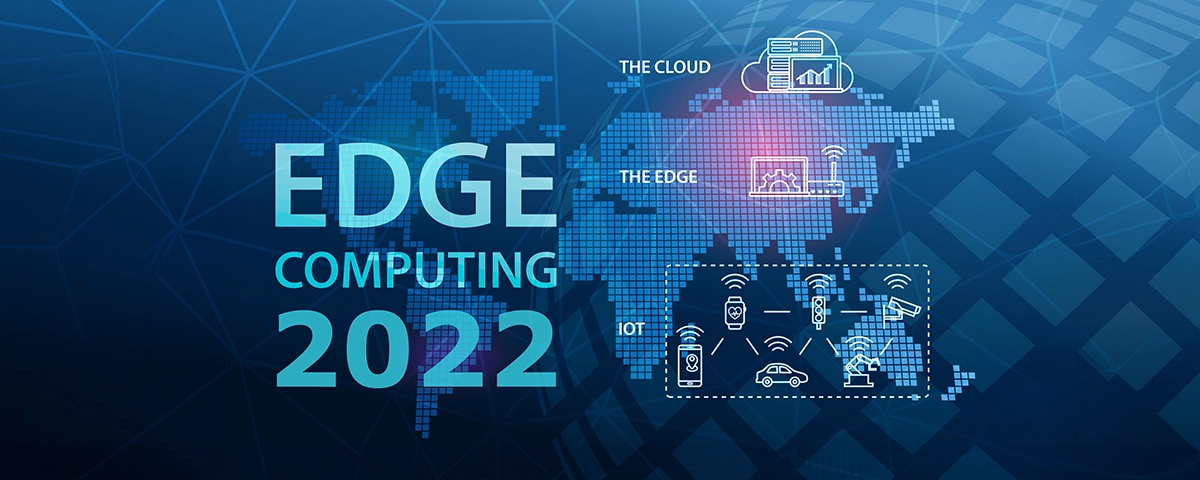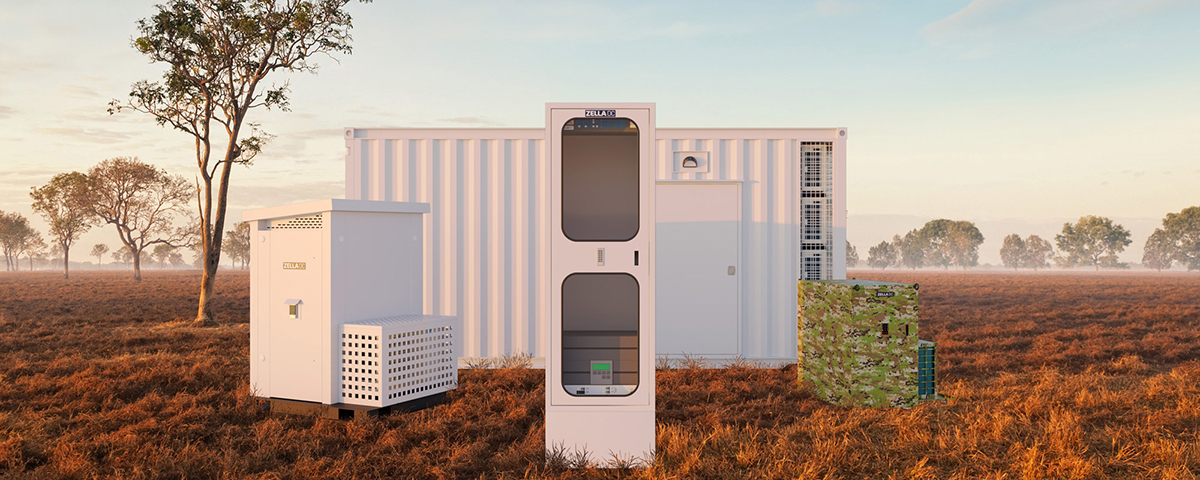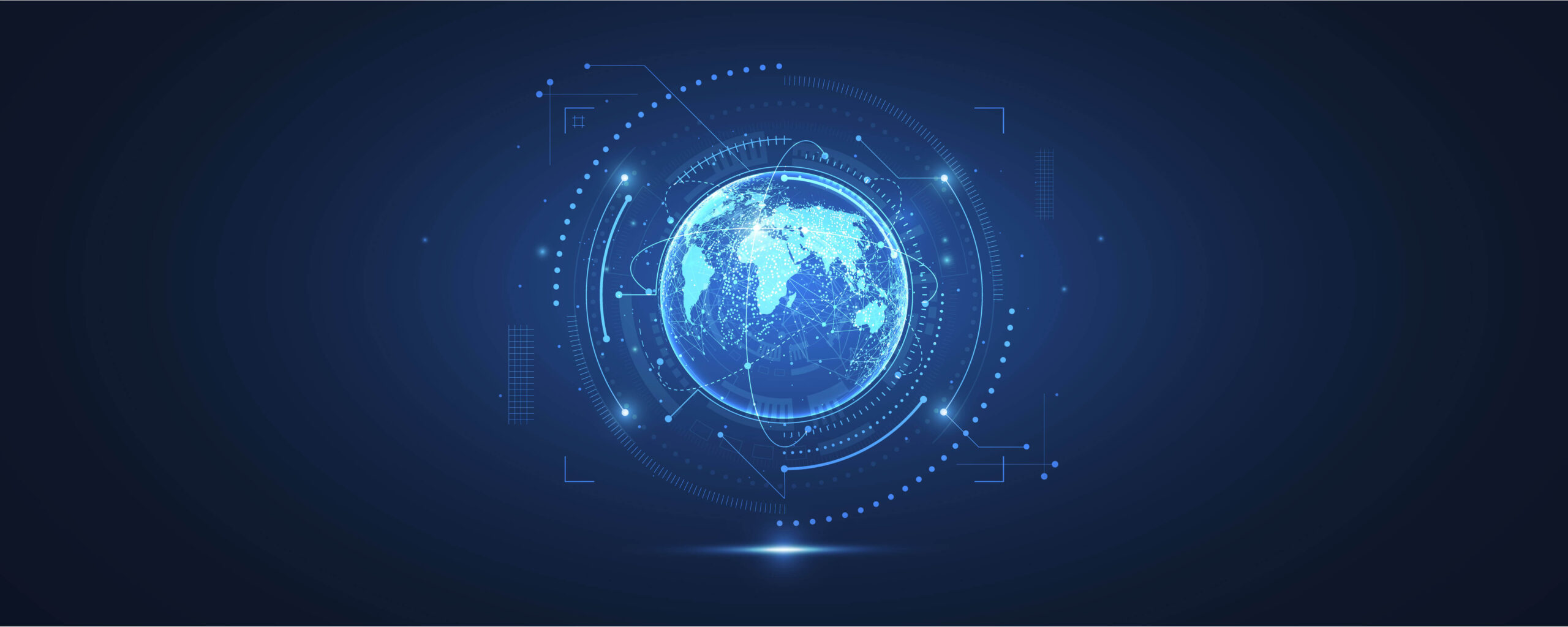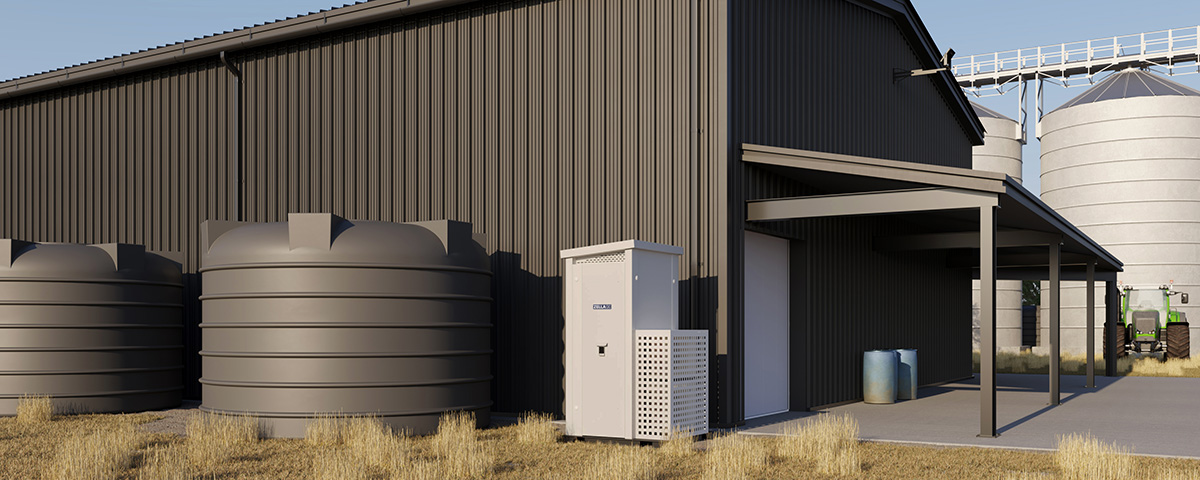The world of data storage and the ability of technology is advancing at the fastest rate ever, which is, in turn leading to an exponential increase in the use of edge computing. So what does this mean we should expect for the coming year?
The following are our predictions as to what we can expect to see become more commonplace in the next 12 months.
1. Healthcare
As diagnostic tools and monitors become better connected and more numerous, healthcare-related AI will further become an integral element of detecting life-threatening conditions, such as sepsis. Hospitals, primary care and even home equipment can transmit data that can predict the likelihood of conditions developing. Certain systems are already in place and this, along with new technology, is sure to become more widespread.
2. The Energy Sector
This field is one that’s set to take full advantage of edge potential. One strategic area is that the sector operates in many remote locations – not only for fossil fuels, such as oil and gas, but wind farms, expanses of solar harvesting, hydro-energy capture and more. Edge computing will begin to take a far greater role in monitoring systems, sensors, flow and more. As AI becomes more commonplace, it will be able to provide a speedy response to diagnostic data and take appropriate real-time action when needed
3. Smart Devices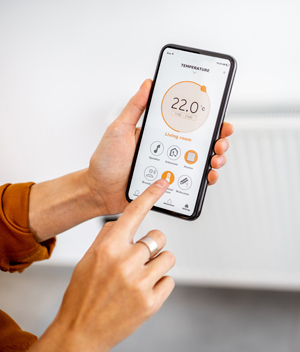
Smart device use is predicted to quadruple by 2025. This isn’t only in regard to personal use, such as smart watches, smart doorbells, smart speakers and the like, it also includes a huge amount of equipment that benefits various industries. This is all-encompassing, from manufacturing to retail, mining to the military and more.
One key example is that of safety compliance sensors in factory equipment. Here, instant recognition and response are essential, with edge capability ensuring no latency occurs in such time-sensitive conditions.
4. Security and defence
This is a big one, with national defence needs often operating in remote locations. Not only is it impossible for data to be transferred to the cloud in certain situations, but the sensitivity of much of this also makes it unwise to transmit it long distances. The edge allows for effective decentralisation of such data in both peaceful locations as well as those that are more hostile.
5. The Edge will Become Less Defined
Currently, we talk about a definitive difference between edge computing and the more traditional cloud. However, as processing data at the edge becomes more advanced and able to carry out additional tasks and store increasing information, we’ll likely see more data analysis done at ‘the edge-of-the-edge’. In other words, they’ll be far more capacity to carry out increased tasks without having any reliance on the cloud whatsoever.
While most people currently understand edge computing to be about sifting the necessary from the unnecessary data to be transferred to the cloud, this edge-of-the-edge has far greater capabilities, meaning it might not even need to be connected to the cloud at all.
From AI and computer learning to robots working in dangerous conditions and remote locations, right through to the smart watch monitoring of our daily run, edge computing is set to explode in the coming year – even if we’re not aware of it.
Of course, all of this at-point data requires storage solutions. This is being served by the rise in the use of micro data centres (MDCs), that can be easily deployed, run on AC or DC power, have weather-resistant options (can be sited internally or externally) and are being embraced by outfits of all sizes.
At Zella DC, we’ve honed the ultimate in MDC technology over the past decade, offering adaptable solutions to suit all business needs of all sizes.
Get in touch if you’d like to find out more.

